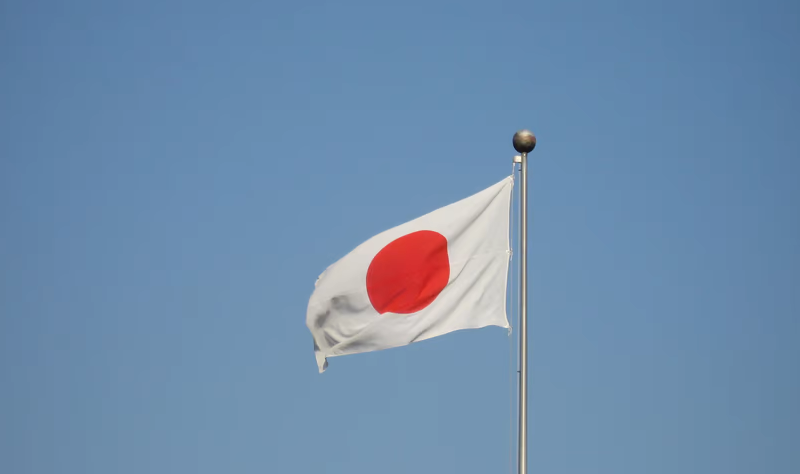Pear Therapeutics, for one, recently began translating some of its offerings into Spanish and is now set to adapt its existing digital insomnia therapeutic for patients in Japan.
The Boston-based software developer has signed an agreement with multinational conglomerate SoftBank to develop a new prescription digital therapeutic aimed at treating sleep/wake disorders in Japanese patients.
According to data from the Japanese Association of Preventive Medicine for Adult Disease cited by Pear, around 20% of all adults in the country are chronically sleep deprived, and almost as many report feeling excessively sleepy throughout the day.
Through the agreement, as Pear begins building the Japanese-language software, SoftBank will provide information about the Japanese market to help shape the technology. Once the software is ready for distribution, the Tokyo-based company will have the option to negotiate an exclusive licensing deal in the country.
Financial terms of the deal weren’t disclosed, but SoftBank has provided consistent financial support to Pear since 2020. In December of that year, its SoftBank Vision Fund 2 led Pear’s $80 million series D funding.
Just a few months later, the fund was also listed as one of the investors in the $125 million private investment that came alongside the $1.6 billion SPAC deal that took Pear public in December 2021.
The deal with SoftBank comes about two years after Pear earned the FDA’s authorization for and began the U.S. rollout of Somryst, its English-language digital therapeutic for chronic insomnia in patients age 22 and older. The prescription-only, fully virtual software uses cognitive behavioral therapy techniques to train the brain and body to sleep over the course of six to nine weeks.
Clinical studies of the software comprising more than 1,400 insomniac adults found it helped cut the amount of time it took to fall asleep nearly in half and had about the same impact on the severity of their other insomnia symptoms. Those benefits were also shown to be sustained and even improved at both the six- and 12-month marks after the program was complete.

